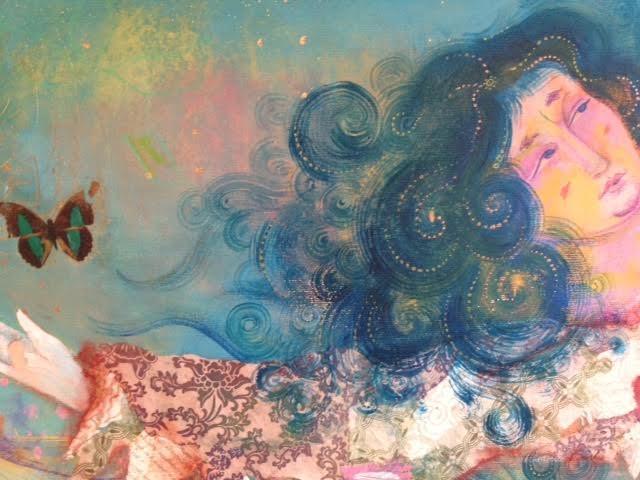
A Buddhist Perspective on Conceptual Art
Art for art’s sake has never been an overriding motivation in Tibetan culture or Tibetan Buddhism. For example, we can understand thangka painting, the sacred art of

Art for art’s sake has never been an overriding motivation in Tibetan culture or Tibetan Buddhism. For example, we can understand thangka painting, the sacred art of
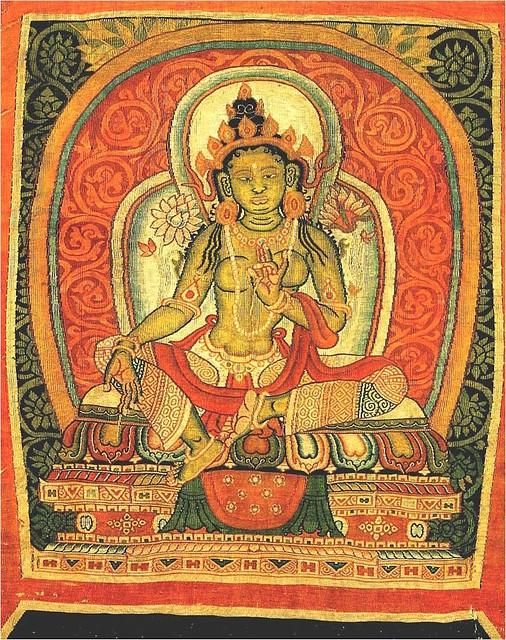
Thangka paintings are Tibet’s most plentiful and portable form of sacred art. Less known and rarely seen are the highly prized appliqué thangkas. In fact, when I
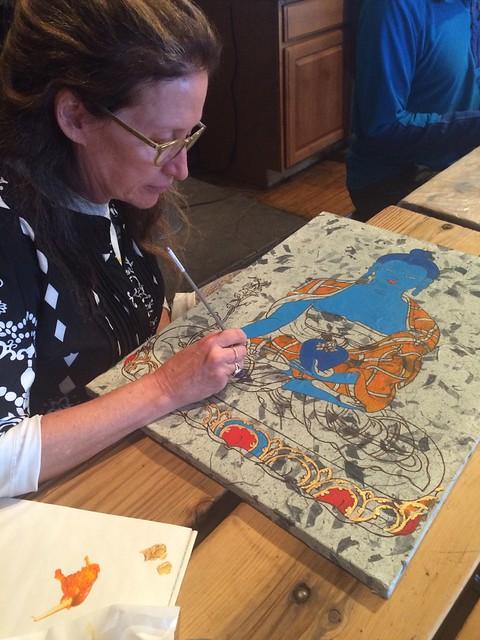
The Medicine Buddha is a healing Buddha from the Tibetan Buddhist tradition. Many cultures have healing deities or rituals, and the Medicine Buddha is a

On my first day of learning to work with ground mineral paints, I walked to my teacher’s studio through the labyrinth of narrow streets that
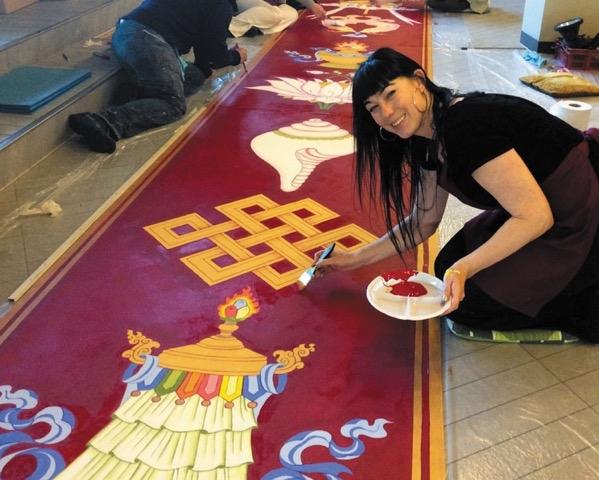
The origins and meanings of the Eight Auspicious Symbols In my previous article,* I wrote about the large paintings that I was asked to create
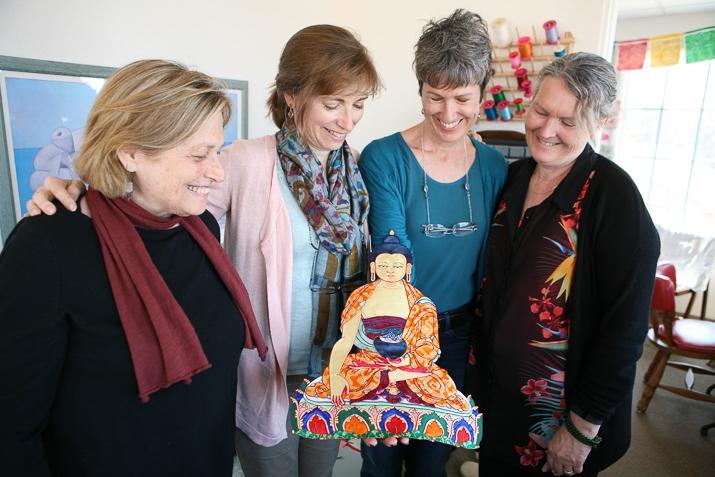
When I began teaching Western women the sacred art of Tibetan appliqué in 2008, I thought I was merely teaching needlework, but I had underestimated

From a very early age I’ve enjoyed spending time alone. As a young girl growing up in England, communing with nature, I would crush stones
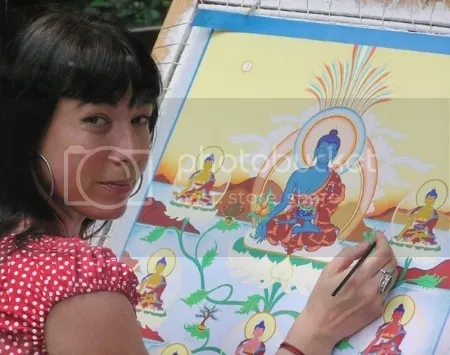
The Eight Auspicious Symbols, or Ashtamangala, are perhaps the most well-known group of symbols in Tibetan Buddhism. Consisting of the parasol, the pair of golden

A commonly held view is that the body houses the soul—but have you ever thought that the soul could live elsewhere? I have experienced that

In the US, where I’m from, the words “healthcare” and “healing” carry very specific impressions: white-coated doctors, antiseptic rooms, pharmaceuticals . . . and fear.
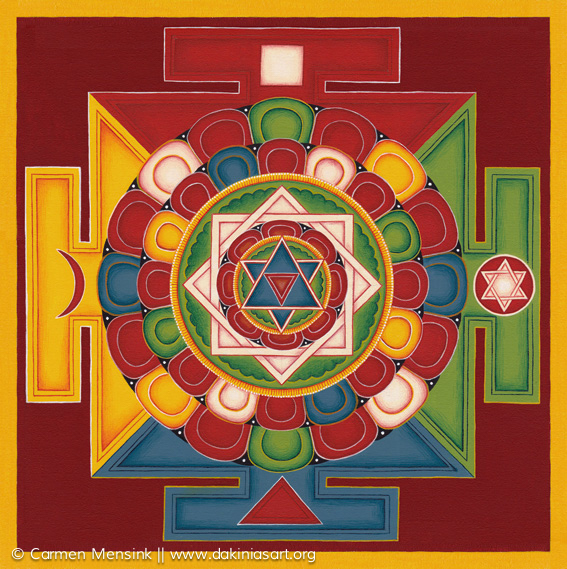
“When you arrive at the extinction of reality, there is nothing but the spontaneity of pure potential. There is no other way to dance in